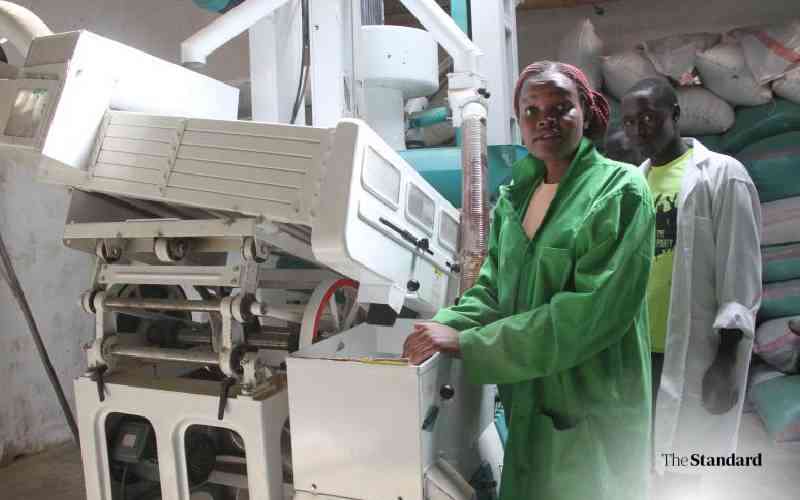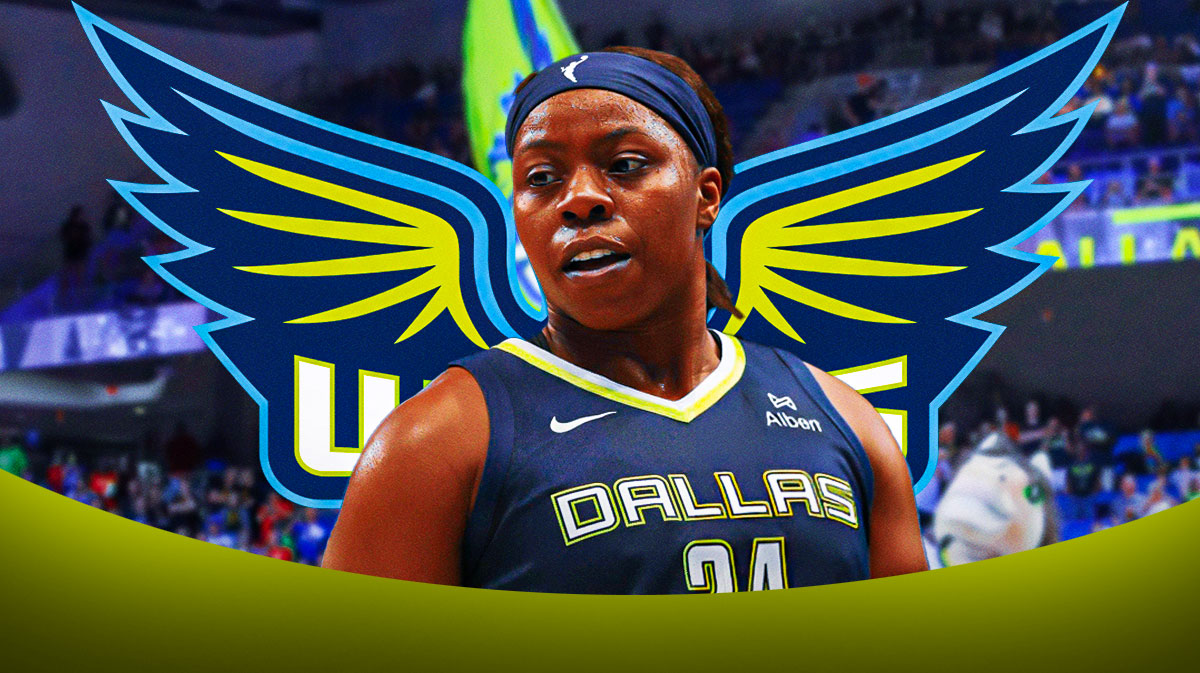Ready for global jobs? 8 quick resume tweaks to impress recruiters worldwide - Times of India

8 quick resumé tweaks to impress recruiters worldwide
In today’s globally connected job market, your resumé is likely to land in the inbox of someone in a completely different country—maybe someone who doesn’t know your education system, industry lingo, or even how your job title translates.
And with the rise of remote-first companies and cross-border hiring, standing out to a global recruiter means more than just good grammar and a sleek design. It means knowing how to speak a universal professional language.The good news? You don’t need a resumé makeover. Just a few smart tweaks can give it global impact. Here’s how to make your CV impress recruiters from anywhere on the map.
What’s considered normal in your region may sound confusing elsewhere.
If your resumé uses terms like “Class XII,” “first division,” or “articleship,” recruiters outside your country may have no idea what that means. Even common academic distinctions or job roles can get lost in translation. Replace such terms with global equivalents that any recruiter can understand. Instead of assuming familiarity, give brief, clear descriptions of what you studied, the level of your qualification, or the nature of your role.
The more universally readable your resumé is, the less effort a recruiter has to make to understand your profile.
A visually appealing CV might look great on your screen, but it could fall apart in an applicant tracking system (ATS)—especially if it relies on graphics, columns, or tables. A recruiter skimming through dozens of applications across countries and time zones needs clarity above all. Keep the layout simple, with consistent fonts, logical flow, and standard section headings like “Education,” “Experience,” and “Skills.”
Remember, the goal is not just to look good, but to be easily scannable and machine-readable. Many impressive applications are rejected simply because the format couldn’t be read correctly.
One of the most valuable things you can showcase is your ability to work across borders. If you’ve collaborated with international clients, worked remotely with colleagues from different regions, or handled time-zone-sensitive projects, make it known.
These experiences signal to recruiters that you’re not only globally aware, but also comfortable navigating cultural differences and asynchronous communication.
Even if you gained this experience during volunteer work or university, it adds weight to your global credibility and signals that you can thrive in today’s distributed teams.
Across every industry and culture, numbers speak louder than vague claims. Recruiters want to know what you actually achieved, not just what your job description was.
If you helped increase sales, improve engagement, reduce costs, or launch a new initiative—put a number to it. Don’t say you “contributed to project success.” Say you “reduced processing time by 30%” or “helped launch a campaign that generated 100K+ impressions.” Numbers provide a universal metric of success that helps your work translate across borders and industries, and makes your accomplishments instantly more compelling.
In some countries, it's common to add a photo, marital status, or even religion to a resumé. But globally—especially in the U.S., U.K., Canada, and Australia—these details are considered inappropriate or even discriminatory. Including them might unintentionally work against you. Stick to professional essentials like your name, email, LinkedIn link, and (optionally) the city and country you’re based in. Anything beyond that can feel outdated or regionally out of place.
Let your experience, skills, and results tell your story instead of irrelevant personal data.
In a remote-first job market, what tools you’re familiar with says a lot about how well you’ll function in a distributed team. Whether it’s Slack, Trello, Notion, Jira, Zoom, or Figma, these are now global professional languages. Mentioning them subtly within your role descriptions shows that you’re already fluent in the workflows many international companies rely on. If you've used more local or internal platforms, just briefly describe their function so recruiters know how that translates. The goal is to showcase tech comfort and adaptability, both of which are prized globally.
Your professional summary—those one or two lines at the top of your CV—should immediately convey not just what you do, but that you're globally ready. This is your chance to position yourself as a professional who’s adaptable, culturally aware, and excited about working across borders. A strong global summary might include your years of experience, the sectors or regions you’ve worked in, the kind of roles you’re seeking, and any relevant language or cross-cultural communication skills. Keep it concise, but make sure it makes a recruiter anywhere say, “Yes—this person could fit into our team.”
It’s a small detail, but it makes a big impression. Inconsistent spelling or unclear date formats can instantly make a resumé feel unpolished.
Choose either British or American English spelling based on the company you’re applying to, and stick with it throughout. More importantly, format your dates clearly. W
riting 05/06/2025 might mean May 6th to one recruiter and June 5th to another. Avoid ambiguity by writing out the full date—like “June 5, 2025.” These small changes show attention to detail and help avoid confusion in international applications.
A globally strong resumé isn’t just a document—it’s your introduction to people who may never meet you in person, but who are still deciding whether to invest in your skills. The hiring landscape is changing rapidly, and geography is no longer a limitation for top talent. With these eight tweaks, you’re not just improving your chances of landing a job—you’re proving that you belong in the global workforce.







